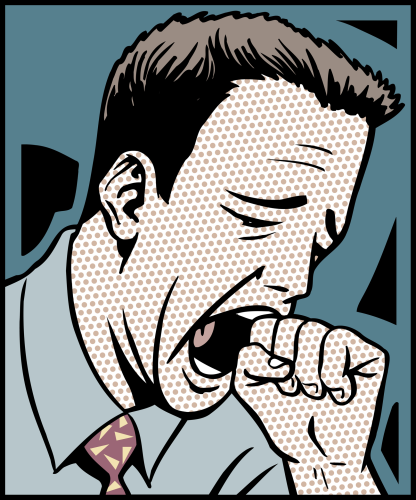

Several microstructural changes were noted in the inferior frontal gyrus and amygdala in the NA/CA but not in the NA w/o CA group. In addition, no correlation was found between the clinical variables and ADC and FA values of any brain areas in these patient groups. However, no significant differences were observed in FA and ADC values between the NA w/o CA and NC groups in any of the areas investigated. The ADC value in the right inferior frontal gyrus and FA value in the right precuneus were higher for NA/CA group than for the NA w/o CA group. In addition, we investigated the correlation between FA and ADC values and clinical variables in the patient groups.Ĭompared to the NC group, the NA/CA group showed higher ADC values in the left inferior frontal gyrus and left amygdala, and a lower ADC value in the left postcentral gyrus. FA and ADC maps for these 3 groups were statistically compared by using voxel-based one-way ANOVA. Twelve patients with drug-naive narcolepsy with cataplexy (NA/CA), 12 with drug-naive narcolepsy without cataplexy (NA w/o CA) and 12 age-matched healthy normal controls (NC) were enrolled. Under ordinary circumstances, your brain shuts down most muscle control in your body to keep you from acting out your dreams. The majority of narcolepsy cases about 80 are type 2. Narcolepsy type 2: This form doesn’t involve cataplexy. We applied an MRI voxel-based statistical approach to FA and ADC maps to evaluate microstructural abnormalities in the brain in narcolepsy and to investigate differences between patients having narcolepsy with and without cataplexy. Narcolepsy type 1: This form involves cataplexy.


These results suggest (i) that hypothalamic HCRT activity physiologically modulates the processing of emotional inputs within the amygdala, and (ii) that suprapontine mechanisms of cataplexy involve a dysfunction of hypothalamic-amygdala interactions triggered by positive emotions.Maps of fractional anisotropy (FA) and apparent diffusion coefficient (ADC) obtained by diffusion tensor imaging (DTI) can detect microscopic axonal changes by estimating the diffusivity of water molecules using magnetic resonance imaging (MRI). A direct statistical comparison between patients and controls revealed that humourous pictures elicited reduced hypothalamic response together with enhanced amygdala response in the patients. Patients and controls were similar in humour appreciation and activated regions known to contribute to humour processing, including limbic and striatal regions. In contrast, people with type 2 narcolepsy do not have cataplexy and have normal orexin-A. Here, we used event-related functional MRI to assess brain activity in 12 NC patients and 12 controls while they watched sequences of humourous pictures. Type 1 narcolepsy is characterized by cataplexy and very low levels of orexin-A in cerebrospinal fluid. In contrast, the suprapontine brain mechanisms associated with the cataplectic effects of emotions in human narcolepsy with cataplexy remain essentially unknown. This review article examined the literature for research reporting on the effects of treatment of pediatric narcolepsy, as well as proposed etiology and diagnostic tools. Its symptoms frequently begin in childhood. This chemical, which is produced in a brain. Low levels of the chemical hypocretin cause narcolepsy with cataplexy. Cataplexy is thought to reflect the recruitment of ponto-medullary mechanisms that normally underlie muscle atonia during REM-sleep. Pediatric narcolepsy is a chronic sleep-wakefulness disorder. Narcolepsy affects signals in your brain that are supposed to keep you awake. Anatomical data with magnetic resonance imaging have characterized specific alterations in grey and white matter and their potential implications on disease severity. Cataplexy refers to episodes of sudden and transient loss of muscle tone triggered by strong, mostly positive emotions, such as hearing or telling jokes. Various brain imaging techniques have been used to study narcolepsy with cataplexy. HCRT is a hypothalamic peptide implicated in the regulation of sleep/wake, motor and feeding functions. Narcolepsy with cataplexy (NC) is a complex sleep-wake disorder, which was recently found to be associated with a reduction or loss of hypocretin (HCRT, also called orexin). Researchers then examined the brains of people with narcolepsy with cataplexy and consistently found a 9095 decrease in the number of orexin-producing neurons.


 0 kommentar(er)
0 kommentar(er)
